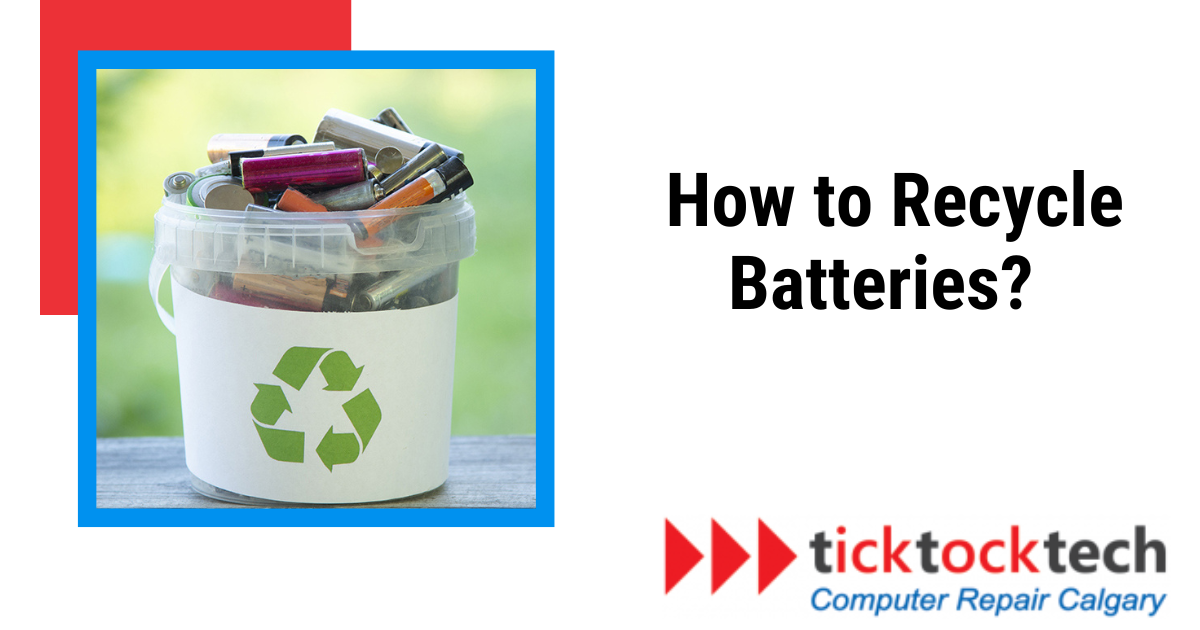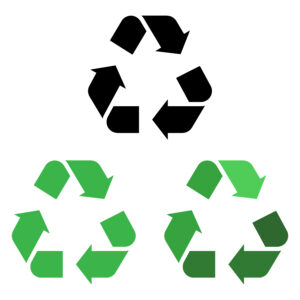Batteries are not meant to be disposed of just anyhow, not even openly in the bins or by burning. They are made of dry or wet cell chemicals which are mostly explosive when exposed to fire. While this is common knowledge not to dispose of batteries in an unsafe way, you might wonder where batteries end up. I would prefer to keep used batteries in some safe box than inside a waste bin. While waste management factories do use landfills, some others sort these wastes and recycle the environmentally toxic ones. Batteries are toxic to the environment, and they will affect the soil if sand-filled. In turn, they are recycled instead. Not only is it the safest method of handling chemical batteries, but also creates material and environmental sustainability. If you wonder how your battery cells are treated, and recycled, here are the tips and steps taken to recycle batteries.
Step 1: Take out the batteries from your devices.
The first step in battery recycling is to take out the batteries from your gadgets as soon as they are drained. This is vital since keeping batteries in your gadgets increases the danger of leaking, which can cause corrosion and damage. Duracell, a renowned battery maker, advises that battery acid is very corrosive and can burn your skin, taint soil, and harm your electronics.
Step 2: Sort out the reusable batteries from the dead ones.
Next, sort your batteries. Are they reusable or have they died? Most store-bought alkaline batteries, such as Duracell and Energizer, are single-use. These should be recycled. However, if you have rechargeable batteries, try refilling them. Rechargeable batteries, often known as NiMH (Nickel Metal Hybrid) or lithium-ion, may be charged using a wall charger.
Step 3: Recycling companies collect and sort
After you’ve sorted your batteries, look for a trustworthy battery recycling organization. Many retailers, like Home Depot and Lowe’s, have joined with organizations such as Call2Recycle to install battery collecting containers at their stores. When you drop off your batteries, the recycling firm will separate them based on kind and chemistry. This is a critical step since various battery types need different recycling methods.
Step 4: Pre-treatment.
After the batteries have been separated, the recycling process starts. The first stage is pretreatment, which consists of discharging the batteries and eliminating any harmful contaminants. This contributes to the safety of workers and the environment in the following phases of the recycling process.
Related: Can You Recycle Styrofoam?
 Step 5: Mechanical Processing.
Step 5: Mechanical Processing.
Following pretreatment, the batteries are physically treated to separate the various components, including the metal casing, plastic casing, and active ingredients within the battery. This is often accomplished by a mixture of crushing, shredding, and screening procedures.
Step 6: Hydrometallurgical Extraction.
The next phase in the recycling process is hydrometallurgical extraction, which comprises a series of chemical procedures that remove precious metals from battery components. This involves the recovery of metals such as cobalt, nickel, and lithium, which are required for the manufacture of new batteries.
Step 7: Purification and Refining
After extraction, the metals must be cleansed and refined. This procedure assures that the recovered metals are of the highest grade. Refining eliminates impurities, making metals fit for reuse. Purified metals can subsequently be sold to producers of new batteries.
Step 8 The disposal of residues
Not all battery materials are recyclable. Some residues remain after extraction and refinement. These wastes must be disposed of properly to avoid environmental damage. Recycling firms follow tight laws when handling these leftovers, ensuring that the environmental effect is limited.
See Also: Tech Sustainability: E-Waste Reduction & Eco-Friendly Repair Practices
How to Safely Handle or Store Battery After Use
Batteries are not required to be recycled by households, although it might be risky to throw non-alkaline batteries in the garbage or curbside recycling carts or bins. Landfills, recycling centers, solid waste transfer stations, and garbage collectors are all at risk of fire from these batteries, particularly if machinery destroys them.
Many consumer electronics cannot be disposed of in landfills or incinerators in Wisconsin. EWCRA (Electronic Waste Recycling and Collection Association) allows for the recycling of these gadgets.
If you want to store batteries for recycling, you can lower the danger of a fire by putting each battery in its plastic bag or sealing the ends of the batteries with transparent packing tape. Keep them in a plastic bucket or other non-metal, lidded container that is leakproof.
Why is Battery Recycle Important?
Batteries are constructed of nonrenewable resources, thus recycling them is preferable to throwing them away. Recycling requires energy, but it has a lower environmental effect than mining new minerals.
Batteries include precious elements that may be used to create new goods or batteries. These substances can be toxic or volatile, which means they can explode if not handled correctly, particularly when warmed or squeezed. Recycling keeps these toxic chemicals out of the environment, preventing landfill leachate from polluting our water supplies.
In brief, recycling batteries conserves resources, minimizes environmental effects, and keeps harmful materials out of our ecosystems.
Related: Sustainability Tech at CES 2024
Takeaway
In conclusion, recycling batteries is important because it conserves resources, reduces environmental impact, and prevents harmful materials from polluting ecosystems. By following the steps of taking out batteries from devices, sorting them, and finding a trustworthy recycling organization, batteries can be safely and effectively recycled.


 Step 5: Mechanical Processing.
Step 5: Mechanical Processing.